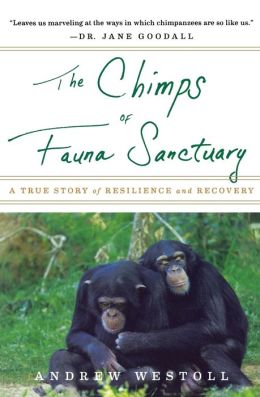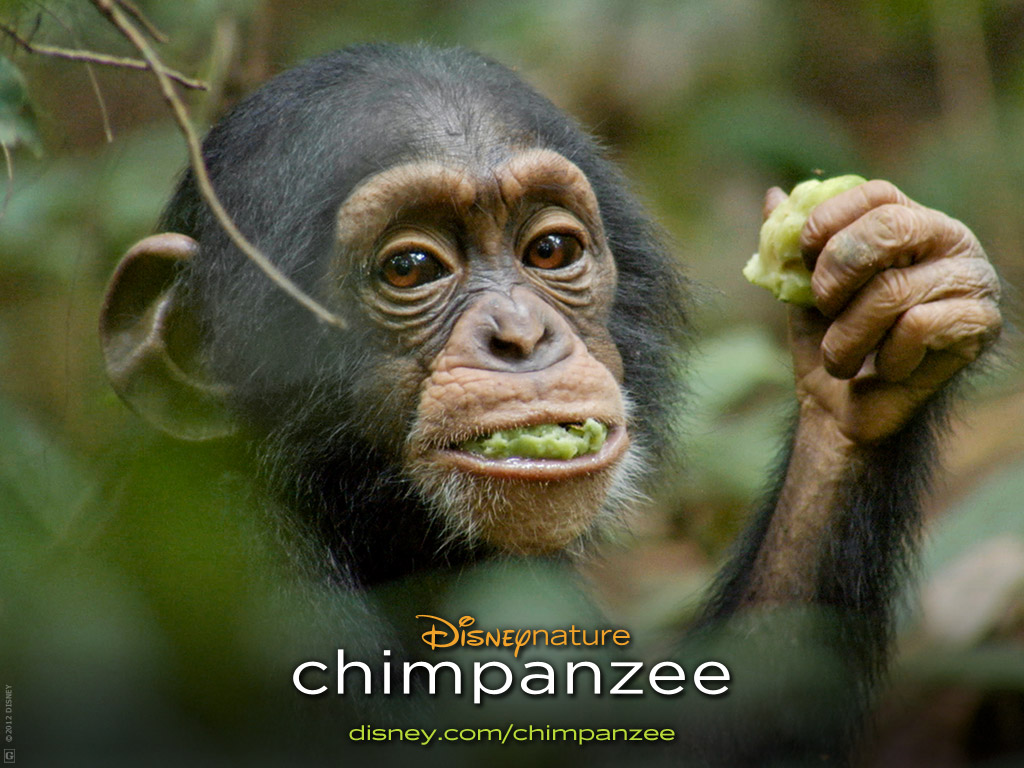This has been a tough winter for me and my lungs. It all started slowly back in October; I thought I’d keep things under control thanks to the recommendations of friends for various herbal and homeopathic treatments, with a little albuterol on the side. Then things took off like wildfire.  For months now, I’ve been struggling to keep the asthma under control. Despite being otherwise very healthy (training for a half-marathon with doctor’s approval), I still cough until I throw up and daily take a concoction of medicine that leaves my stomach burning and my head spinning.
For months now, I’ve been struggling to keep the asthma under control. Despite being otherwise very healthy (training for a half-marathon with doctor’s approval), I still cough until I throw up and daily take a concoction of medicine that leaves my stomach burning and my head spinning.
So why mention this asthma issue on an environmental blog? Asthma definitely has genetic links – some of us are just more prone to this condition, thanks to our DNA. But asthma also has a very heavy environmental component. A while back, I posted about asthma, its environmental sources, and what we can all do to help. I thought I’d repost this information, since I’m guessing I’m not the only one coughing and wheezing my way through winter. I hope you find this info helpful!
We are the 10%
It was about 2 am and there I sat, waiting, listening, and hoping that my son’s asthma medication would take effect quickly. Our family has three of the approximately 34 million Americans with asthma. That’s roughly 10% of the U.S. population, according to the American Lung Association. Asthma is an inflammation of the airways, making it difficult to breathe. Asthma has significant health and economic effects:
- the CDC National Center for Health Statistics estimates that asthma is the reason for approximately half a million hospitalizations per year
- the Centers for Disease Control and Prevention estimate that medical expenses associated with asthma increased from $48.6 billion in 2002 to $50.1 billion in 2007. About 2 in 5 (40%) uninsured people with asthma could not afford their prescription medicines and about 1 in 9 (11%) insured people with asthma could not afford their prescription medicines.
- the CDC National Center for Health Statistics states that asthma accounts for about 10.1 missed work days per year
- Females have a 23% higher occurrence of asthma than males (American Lung Association)
- Between 2001 to 2003, the occurrence of asthma in the U.S. was highest in the Northeast region (CDC)
- According to the American Lung Association, in 2006, asthma prevalence was 20.1% higher in African Americans than in whites
- According to the CDC, from 2001-2003, asthma prevalence was higher in individuals living below the federal poverty level (10.3%) compared with those at or above the federal poverty level (6.4% to 7.9%)
And moms, take note:
- The greatest rise in asthma rates was among black children(almost a 50% increase) from 2001 through 2009 (CDC Vital Signs, 5/11)
- 185 children died of asthma attacks in 2007 (CDC Vital Signs, 5/11) and nearly 4 million children had asthma attacks last year (Akinbami LJ. The State of childhood asthma, United States, 1980–2005. Advance data from vital and health statistics; no 381, Hyattsville, MD: National Center for Health Statistics. 2006)
- For children under 15, asthma is the 3rd leading cause of hospital stays (DeFrances CJ Cullen KA, Kozak LJ. National Hospital Discharge Survey: 2005 Annual Summary with Detailed Diagnosis and Procedure Data. National Center for Health Statistics. Vital Health Statistics 12 (165); 2007)
- From 2001 to 2003, the CDC reports that the occurrence of asthma in children (8.5%) was higher than in adults (6.7%)
So what triggers asthma and asthma attacks? First off, asthma is a family affair. Children with parents who have asthma are more likely to have asthma themselves. A predisposition for having asthma has been found to be passed down genetically. Now, just because a person has a predisposition, that doesn’t mean they’ll actually get the disease. But if they do, what might set off an asthma attack? Allergies often lead to asthma (dust mites, molds, pollen, etc). Virus and bacterial infections can lead to asthma symptoms (often, a person with asthma will begin to wheeze or cough if they get a cold). Some people have exercise-induced asthma. Others get asthma attacks due to certain foods or drugs. But asthma can be triggered by something else. Asthma can be triggered by pollution. Pollutants such as particulate matter, sulfur dioxide (SO2), and ozone (ground-level ozone, that is) have been shown to increase the occurrence of asthma attacks, particularly in children.
What types of activities produce these pollutants? The small particles that might affect the lungs are produced from the chemical reaction of pollutants from power plants, industries, and automobiles. Sulfur dioxide is most commonly produced from the burning of fossil fuels (coal and oil), as well as cement production. Ozone isn’t usually emitted directly as a pollutant; it’s formed by the action of sunlight on NOx which comes from car exhausts, fuel combustion, and industrial processes.
Beginning to see a trend? The pollutants that cause the most problems for asthmatics come from our cars and our power plants. Limiting discharge of pollutants will protect children and other people affected by asthma. Will it raise our fuel costs? Possibly. There’s some conflicting information as discussed by the Edison Electric Institute and theCongressional Research Service. Full disclosure, my husband works for an energy company, so I’ve heard both sides of the argument. But let’s look at it this way – someone has to pay. Should we, the users of cars and power from fossil fuels, each pay a little more for a cleaner environment, or should we ask the payment to be made by the most vulnerable – our children, individuals living below the poverty level, the elderly? My son’s asthma is controlled with medicine and attacks are infrequent, but others are not so lucky.
What can one person do? Get educated about efforts to limit discharge of these pollutants to the environment. Contact your legislators/local industries/power producers regarding this issue – let your opinion be known.



















 backs near the base of their tails (photo from
backs near the base of their tails (photo from Be sure to check out this video from ARKive.org:
Be sure to check out this video from ARKive.org: 
 education, the species, which is found only on the Channel Islands off the coast of southern California, has rebounded sufficiently to be delisted! To learn more, check out the
education, the species, which is found only on the Channel Islands off the coast of southern California, has rebounded sufficiently to be delisted! To learn more, check out the 

 Photo from Nationalgeographic.com.
Photo from Nationalgeographic.com. style. Her non-fiction essays and books, including Animal, Vegetable, Miracle, about her family’s attempt to eat only locally produced foods for one year, are honest and entertaining. Animal, Vegetable, Miracle even included recipes, which this greenmomster always enjoys.
style. Her non-fiction essays and books, including Animal, Vegetable, Miracle, about her family’s attempt to eat only locally produced foods for one year, are honest and entertaining. Animal, Vegetable, Miracle even included recipes, which this greenmomster always enjoys.  about endangered species? Are some species worth more to us than others? Would we pay the same amount to save the Kauai cave spider as the polar bear?
about endangered species? Are some species worth more to us than others? Would we pay the same amount to save the Kauai cave spider as the polar bear?  NIH’s Council of Councils Working Group on the Use of Chimpanzees in NIH-Supported Research. This report recommends that research using chimpanzees follow expanded and strict guidelines regarding housing and treatment of the chimpanzees. Thanks to these guidelines, many experts foresee an eventual phasing out of most, if not all, NIH-funded research involving chimpanzees. Want to learn more about why chimpanzees are so special? Read on!
NIH’s Council of Councils Working Group on the Use of Chimpanzees in NIH-Supported Research. This report recommends that research using chimpanzees follow expanded and strict guidelines regarding housing and treatment of the chimpanzees. Thanks to these guidelines, many experts foresee an eventual phasing out of most, if not all, NIH-funded research involving chimpanzees. Want to learn more about why chimpanzees are so special? Read on! with “heroes”, “bad guys”, and a conflict. The filmmakers very cleverly weave together nature footage to tell an entertaining story, and, as an extra plus, they teach us quite a bit about chimpanzees. The photography is incredible, but never gets in the way of the story and the chimpanzees. Additionally, filmmakers managed to document a behavior rarely seen by scientists – a dominant male chimpanzee “adopting” a baby chimpanzee after its mother is killed. I highly recommend this movie for your entire family!
with “heroes”, “bad guys”, and a conflict. The filmmakers very cleverly weave together nature footage to tell an entertaining story, and, as an extra plus, they teach us quite a bit about chimpanzees. The photography is incredible, but never gets in the way of the story and the chimpanzees. Additionally, filmmakers managed to document a behavior rarely seen by scientists – a dominant male chimpanzee “adopting” a baby chimpanzee after its mother is killed. I highly recommend this movie for your entire family!